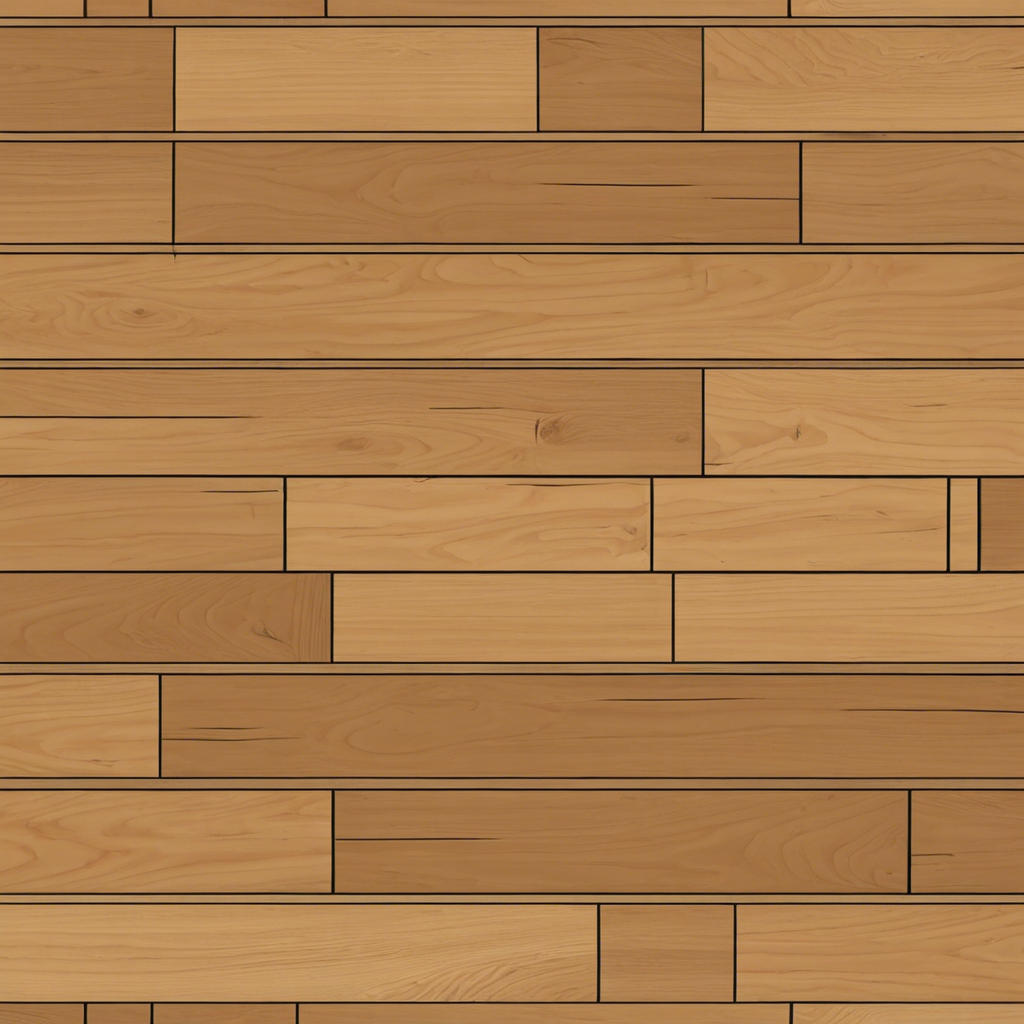Personalizing your living or working space with unique wall art is a fun and creative way to make your area feel like your own. Whether you’re looking for a weekend DIY project or a quick and easy way to add some flair to your walls, there are endless ideas to explore and craft. From gallery walls to handmade macramé hangings, the possibilities are endless. So, if you’re ready to get crafting and create some unique wall art, here are some ideas to inspire you:
Creating DIY wall art is an excellent way to personalize your space and showcase your unique style. Whether you’re crafting on a budget or simply seeking a fun project, there are numerous approaches to decorating blank walls. A wonderful way to add a personal touch to your walls is by displaying your cherished memories. Consider creating a photo collage, either by printing photos yourself or using a printing service for a more polished look. You can get creative with the arrangement, incorporating different-sized pictures and even adding decorative elements like fairy lights or polaroid-style frames. Alternatively, if you prefer a more cohesive and elegant look, opt for a gallery wall, where you can showcase your favorite art prints, paintings, or photographs in a stylish arrangement. Play with different frame styles and sizes to create a visually appealing display that reflects your personality and tastes.
For those who enjoy crafting, there are endless possibilities for creating handmade wall hangings. Macramé, for instance, is a versatile art form that can be used to create beautiful wall hangings, curtains, or even plant hangers. With just a few basic knots, you can craft intricate and textured pieces that add depth and dimension to your walls. If you’re feeling extra creative, combine macramé with wooden beads or shells for a unique bohemian touch. Embroidery and cross-stitch are also excellent ways to personalize your space with handmade art. Displaying your stitched creations in hoops or frames adds a whimsical and crafty touch to your décor. You can find numerous patterns online or design your own for a truly personalized piece.
If you’re seeking a more budget-friendly option, painting your walls can be a cost-effective way to make a significant impact. A fresh coat of paint in a new color can instantly transform a room, and you can also get creative with painted designs. Try your hand at simple geometric shapes or murals for a bold statement. Stencils are readily available online and in craft stores, making it easy to create intricate patterns and designs on your walls. Whether you prefer a subtle accent or a vibrant feature wall, painting is a versatile option that doesn’t require a large investment.
Whether you have a green thumb or not, bringing elements of nature indoors can add a calming and serene touch to your space. Consider creating a living wall with your favorite plants or dried flowers for a unique and eco-friendly artwork option. Succulents, air plants, and moss are excellent choices for a low-maintenance vertical garden, adding a pop of color and texture to your walls. You can also incorporate natural elements like branches and leaves into your wall décor. By arranging and framing pressed leaves or dried flower petals, you can create stunning natural collages that celebrate the beauty of the outdoors.
These are just a few ideas to spark your creativity, but the possibilities for DIY wall art are endless. Don’t be afraid to experiment and combine different elements to craft a space that truly reflects your unique personality and style. Happy crafting!










